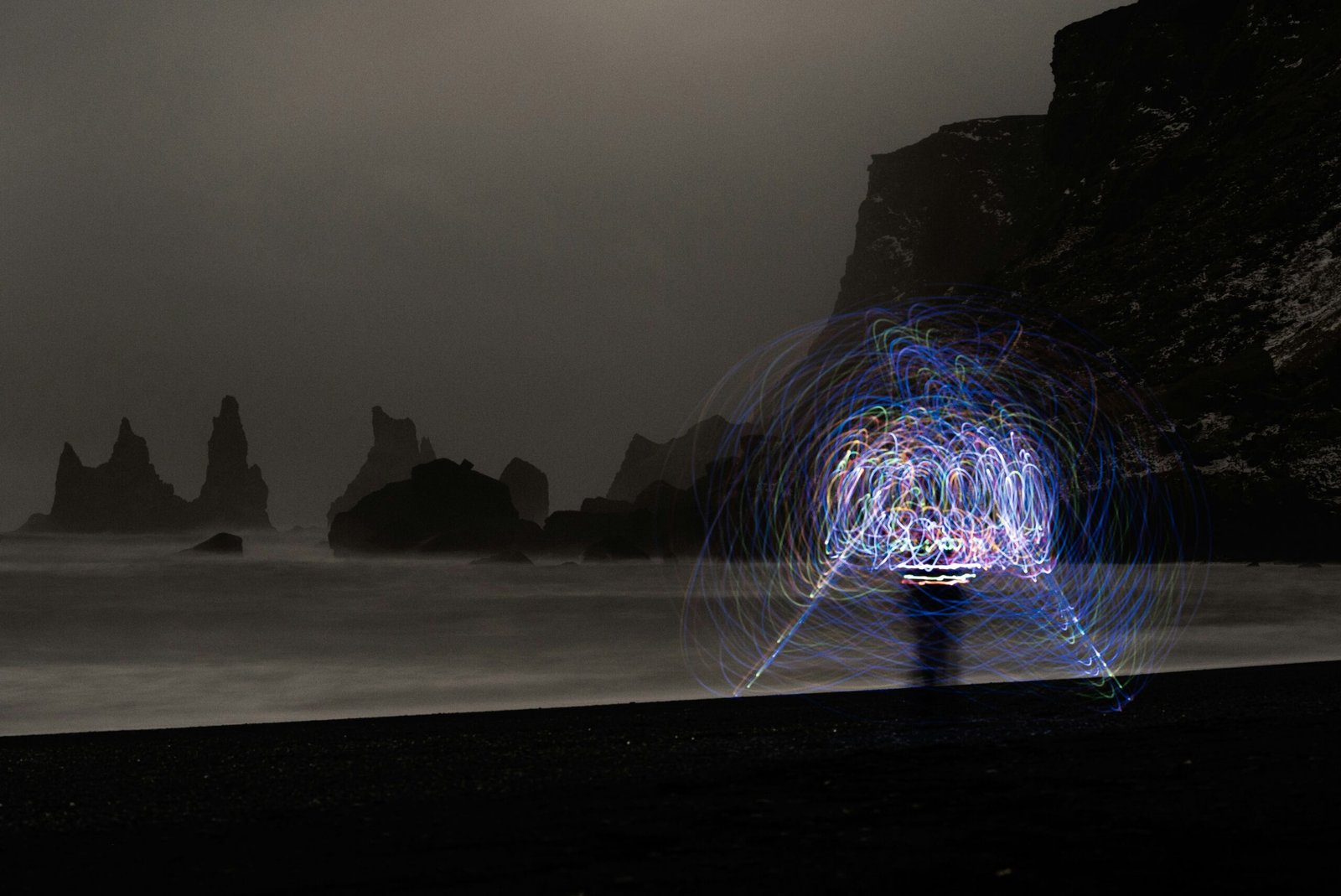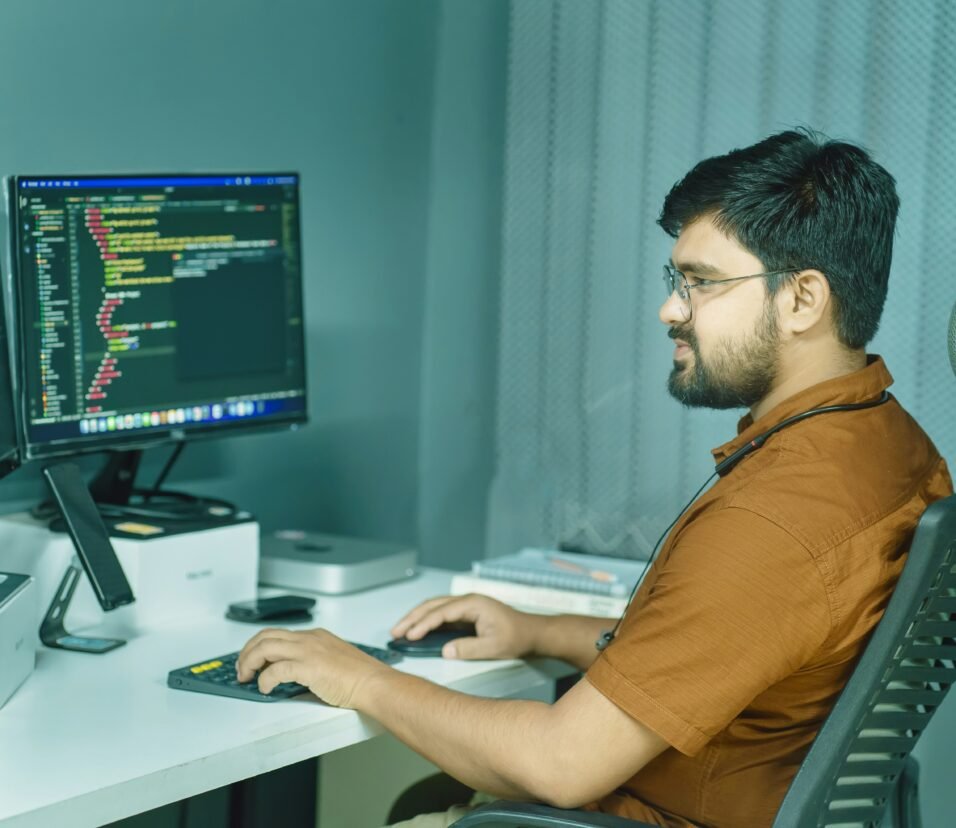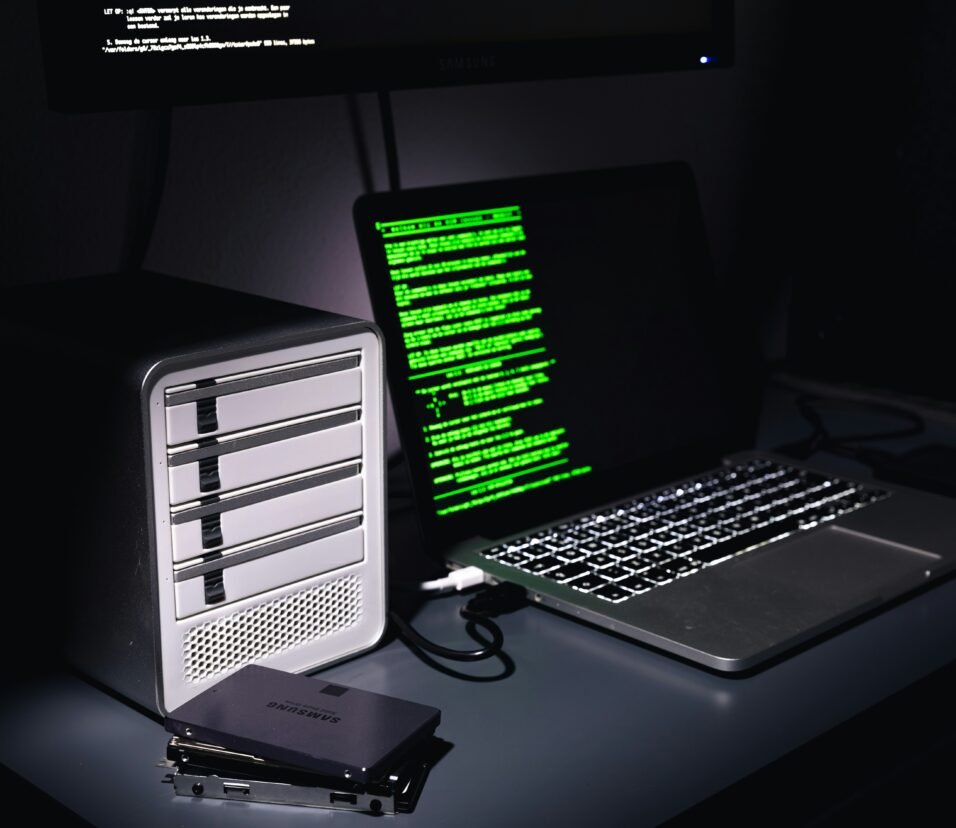AR/VR & Immersive Tech in 2025: The World is Your Interface
Virtual reality isn’t just for gamers anymore—and augmented reality isn’t limited to filters and face masks. In 2025, immersive technology is reshaping how we work, learn, socialize, and shop, as the physical and digital worlds begin to merge.
🌐 Introduction: From Screens to Scenes
For decades, we’ve interacted with the digital world through rectangles—monitors, phones, tablets.
But in 2025, immersive experiences allow us to:
- Step into virtual offices
- Try on clothes in our living room
- Train with digital overlays on real equipment
- Attend concerts from the front row—no matter where we are
Welcome to the spatial internet.
🧠 What’s the Difference Between AR, VR & MR?
| Term | Description | Example |
|---|---|---|
| AR (Augmented Reality) | Overlays digital content on the real world | Pokémon GO, smart glasses with HUD |
| VR (Virtual Reality) | Fully immersive digital environments | Meta Quest games, VR meetings |
| MR (Mixed Reality) | Blends real and virtual worlds interactively | Microsoft HoloLens, Apple Vision Pro |
Together, these fall under the broader term: XR (Extended Reality).
🔥 Why 2025 Is a Breakout Year for Immersive Tech
1. 🥽 Major Hardware Maturity
- Apple Vision Pro launched spatial computing into the mainstream
- Meta Quest 3 delivers quality at consumer prices
- Xreal Air, Magic Leap 2, and Lynx R1 push lightweight AR wearables
2. 🚀 5G + Edge Computing
Latency-sensitive experiences (like multiplayer AR) are now viable in real time with low lag.
3. 🎮 Generative AI in Content Creation
LLMs + diffusion models enable real-time scene generation, NPC dialogue, and custom worlds.
4. 💼 Enterprise Adoption
Training, prototyping, remote collaboration, and digital twins are now regular enterprise use cases.
🧰 Key Applications of AR/VR in 2025
👨💻 1. Work & Collaboration
- Virtual offices with spatial whiteboards and voice-zoned meetings
- Real-time 3D prototyping using MR tools (e.g., engineering, fashion, architecture)
- Cross-device presence: jump from phone → headset → desktop, seamlessly
📚 2. Education & Training
- Flight simulators, medical surgery simulations, and lab science in VR
- AR overlays for fieldwork (e.g., maintenance, anatomy, field surgery)
- Language learning in immersive environments
🛍️ 3. Retail & Shopping
- AR try-on for clothes, furniture, makeup
- Virtual storefronts powered by Shopify + Unity
- “Immersive reviews” using 3D social sharing
🧘 4. Health & Wellness
- VR therapy for PTSD, phobias, and pain relief
- Immersive meditation and nature simulation
- Fitness apps like Supernatural now gamified for VR gyms
🎤 5. Entertainment & Culture
- Spatial concerts (e.g., Travis Scott in Fortnite, ABBA Voyage)
- VR theater and museum tours
- Fan meetups in mixed-reality worlds
🧠 Notable Devices of 2025
| Device | Type | Highlights |
|---|---|---|
| Apple Vision Pro | MR | Eye tracking, hand input, “spatial OS” |
| Meta Quest 3 | VR/MR | Affordable, passthrough AR, strong ecosystem |
| Xreal Air 2 | AR | Stylish, lightweight, works with phones |
| Magic Leap 2 | MR | Enterprise-first, advanced environment mapping |
| Lynx R1 | Open MR | Transparent lenses, open SDK, privacy-first design |
🎨 AI + XR: Smarter Immersion
- LLMs enable real-time NPC conversation and adaptive learning
- Generative tools build dynamic environments from voice prompts
- Personal AI assistants now exist inside AR glasses—context-aware and proactive
🔐 Privacy & Ethical Considerations
| Risk | Concern |
|---|---|
| 👁️ Eye tracking abuse | Devices know what you look at, for how long |
| 📍 Environmental data | Constant mapping of homes, offices |
| 🎯 Ads in real-world space | Hyper-targeted product placement in your field of view |
| 🧠 Cognitive overload | Immersive content can overwhelm or manipulate attention |
Solution: Transparent data policies, user-controlled boundaries, and “focus modes” for cognitive wellness.
🔮 What’s Next: The Road to Mainstream XR
- Spatial Web Standards: OpenXR and WebXR unify app experiences
- Social Layers for XR: Platforms like Spatial, Rec Room, and Horizon Worlds create identity hubs
- Brain-Computer Interfaces (BCIs): Neural interfaces as input for AR/VR (e.g., Snap’s CTRL-Labs, Neuralink trials)
- Persistent AR: Place virtual objects that stay in the same spot forever—digital post-its, shared murals, invisible IoT controls








